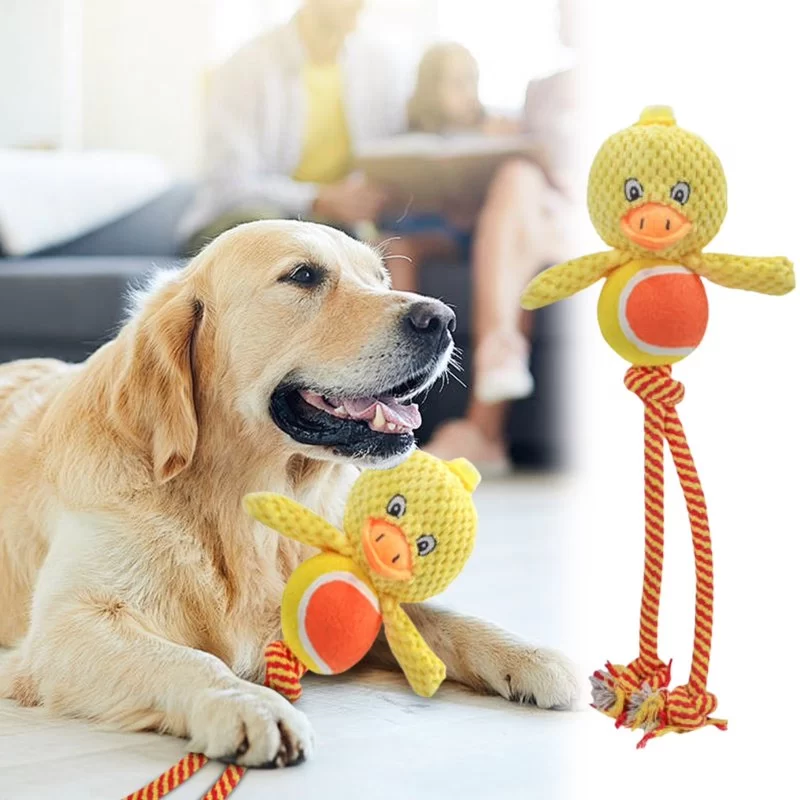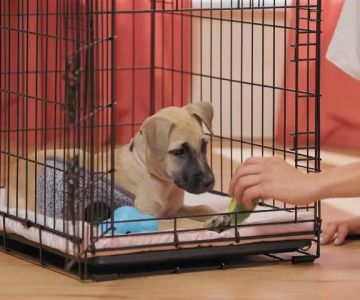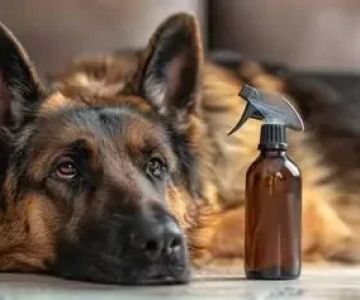How to Manage Pet Anxiety with Interactive Toys
1. Understanding Pet Anxiety and Its Causes
Pet anxiety is a common condition that affects many animals, especially dogs and cats. Just like humans, pets can experience stress and anxiety, which can manifest in various behavioral issues such as excessive barking, destructive chewing, hiding, or inappropriate elimination. Understanding the root causes of pet anxiety is the first step in managing the condition effectively.
Several factors can contribute to pet anxiety, including:
- Separation Anxiety: Pets, especially dogs, often develop anxiety when separated from their owners. This can lead to destructive behaviors such as chewing furniture, barking, or trying to escape.
- Fear of Loud Noises: Many pets are frightened by loud noises such as thunderstorms, fireworks, or even household appliances like vacuums or blenders.
- New Environments or Routine Changes: Moving to a new home, introducing a new pet or person, or changes in routine can trigger anxiety in pets.
- Past Trauma or Abuse: Animals that have been abused or neglected may carry anxiety from their past experiences, making it difficult for them to trust people or feel secure in their environment.
Recognizing the signs of anxiety in your pet and identifying the cause will help you take the appropriate steps to alleviate their stress. Fortunately, interactive toys have proven to be an excellent tool in managing and reducing anxiety in pets.
2. How Interactive Toys Help Manage Pet Anxiety
Interactive toys can be an invaluable resource in helping to manage pet anxiety. These toys engage pets mentally and physically, providing them with a distraction from their anxiety and giving them a positive outlet for their energy. Here’s how interactive toys can help your pet:
- Stimulating the Mind: Interactive toys like puzzle feeders, treat-dispensing toys, or toys that require problem-solving stimulate your pet's brain. This mental stimulation is essential for reducing stress, as it gives pets something positive to focus on instead of their anxiety triggers.
- Physical Activity: Toys that encourage movement, such as chase toys or tug-of-war games, help your pet release excess energy. Physical activity not only burns off stress hormones but also improves overall health, which can, in turn, reduce anxiety.
- Distracting from Fear: If your pet is frightened by loud noises or separation from their owner, interactive toys can serve as a distraction. The focus required to engage with the toy can help them stay calm and reduce their anxiety levels during stressful situations.
- Building Confidence: Interactive toys provide pets with a sense of accomplishment when they solve a puzzle or retrieve a treat. This can help build their confidence and reduce feelings of insecurity, which can contribute to anxiety.
3. Types of Interactive Toys for Pets
There are several types of interactive toys available for pets, each catering to different needs and preferences. Here are some popular options to consider:
- Puzzle Toys: Puzzle toys are designed to challenge your pet’s intelligence. They require pets to figure out how to access a treat hidden inside the toy. These toys can keep your pet entertained for hours and help alleviate anxiety by providing a rewarding challenge.
- Treat-Dispensing Toys: These toys release treats or kibble when your pet interacts with them, encouraging them to keep playing. Treat-dispensing toys are great for both dogs and cats, providing entertainment while rewarding their effort with food.
- Tug-of-War Toys: These toys allow you to engage with your pet in a playful tug-of-war game. This interaction can be especially helpful in alleviating stress, as the physical activity can help burn off pent-up energy, and the bonding time with you can provide comfort.
- Chase Toys: Some pets love to chase toys, whether it’s a ball, a laser pointer, or a moving toy. These toys can keep your pet physically active and focused, which is beneficial for reducing anxiety during stressful times.
- Interactive Cat Toys: Cats can also experience anxiety, and interactive toys such as laser pointers, feather wands, or motorized mice can help stimulate their natural hunting instincts, providing a healthy distraction and reducing stress.
4. Stories of Pet Anxiety and the Role of Interactive Toys
Many pet owners have found success in managing their pet’s anxiety with interactive toys. Take the case of Max, a rescue dog who had severe separation anxiety. Max would bark excessively and chew on furniture whenever left alone. His owner, Sarah, introduced a puzzle feeder toy, which required Max to work for his food. Over time, Max became more engaged with the toy and less focused on his owner’s departure. This helped reduce his anxiety, as the puzzle toy distracted him and gave him something positive to do.
Similarly, cats like Bella, a sweet tabby, can also benefit from interactive toys. Bella had a fear of loud noises, especially when fireworks went off near her home. Her owner started using a laser pointer toy to keep Bella engaged during fireworks displays. By focusing on the laser light and chasing it around the room, Bella was able to distract herself from the noise, and her anxiety decreased over time.
These success stories highlight the power of interactive toys in managing pet anxiety. When used correctly, these toys can make a significant difference in your pet’s emotional well-being.
5. Tips for Using Interactive Toys to Manage Pet Anxiety
To make the most out of interactive toys for managing your pet’s anxiety, here are some helpful tips:
- Consistency is Key: To effectively manage anxiety, it’s important to use the toys regularly. Incorporate them into your pet’s daily routine to ensure they get consistent mental and physical stimulation.
- Start Slow: If your pet is new to interactive toys, start with simple toys and gradually increase the difficulty level. This will prevent frustration and help build your pet’s confidence as they learn to use the toys.
- Supervise Playtime: Always supervise your pet during playtime to ensure they are using the toy safely. Some toys may have small parts that could be a choking hazard, so it’s important to monitor their activity.
- Combine with Other Techniques: Interactive toys work best when used in combination with other anxiety management techniques, such as exercise, calming products, and creating a safe space for your pet.
6. When to Seek Professional Help for Pet Anxiety
While interactive toys can be an effective tool for managing pet anxiety, some pets may require additional help. If your pet’s anxiety is severe or not improving with toys and other techniques, it may be time to consult with a veterinarian or animal behaviorist. They can assess your pet’s anxiety levels and recommend treatment options, which may include behavior modification, anxiety medications, or other interventions.
At Hidden Brook Veterinary, we offer expert advice and services to help manage your pet’s anxiety. Whether you’re looking for recommendations on the best interactive toys or need professional assistance, our team is here to support your pet’s emotional well-being.












